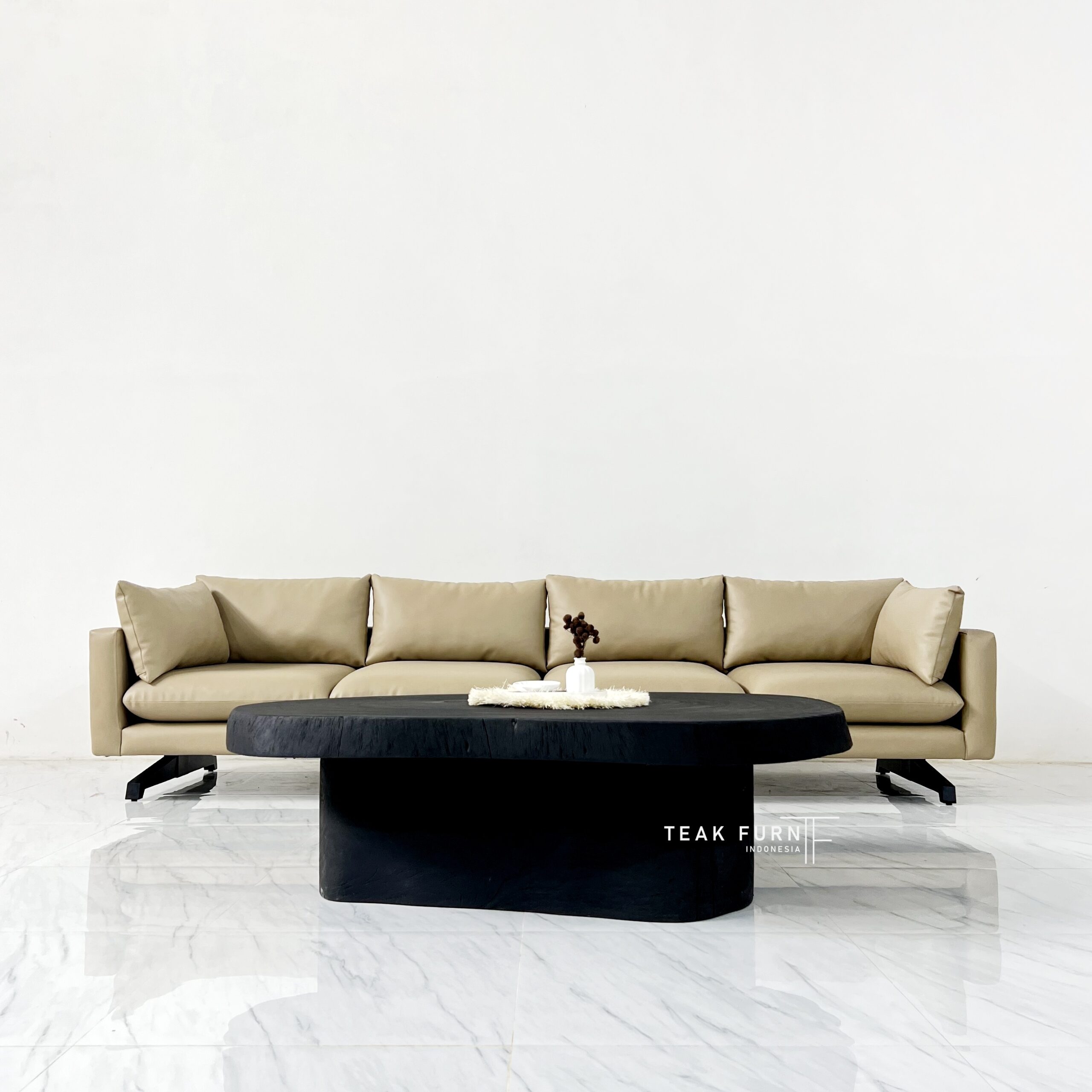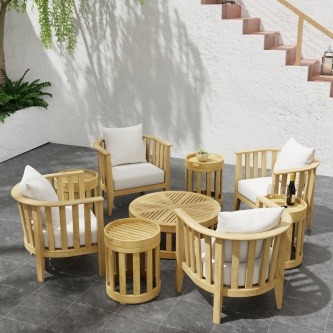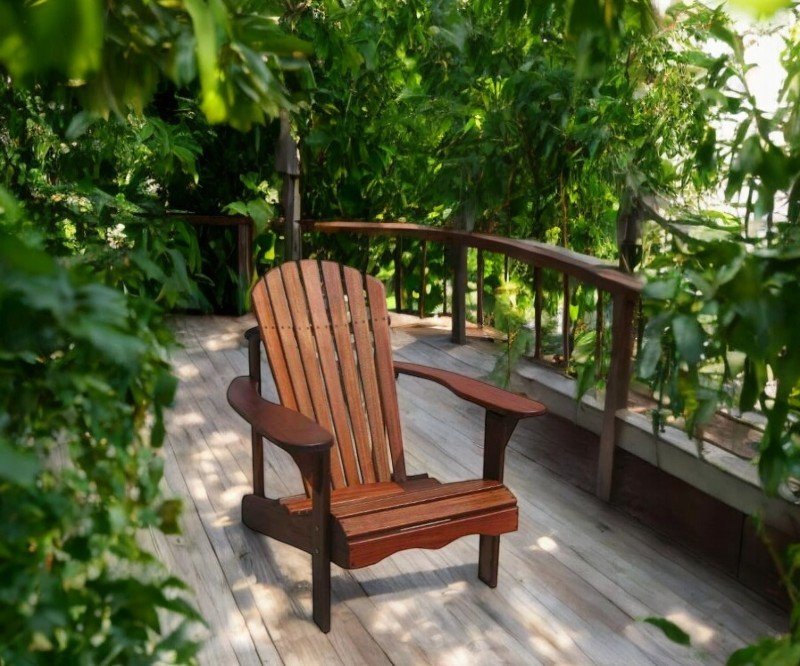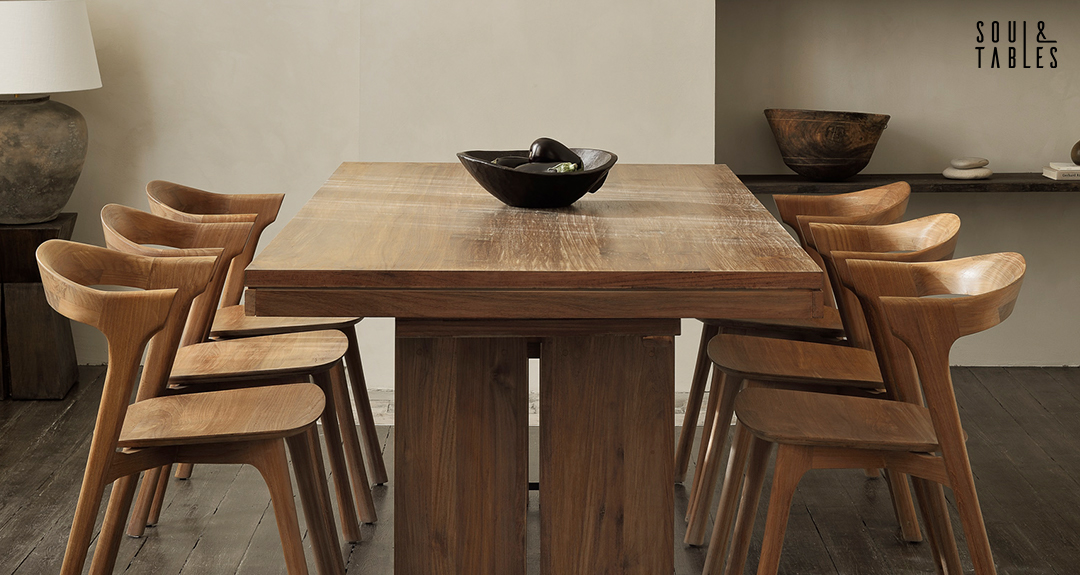
Teak furniture is renowned for its timeless beauty, durability, and luxurious appearance. With its golden-brown hues and rich texture, teak adds a sophisticated touch to both indoor and outdoor spaces. However, to keep teak furniture looking its best and preserve its natural finish, it requires regular maintenance and care. In this article, we will explore the best practices for maintaining the natural finish of teak furniture, ensuring that your pieces remain stunning for years to come.
Why Teak Furniture Needs Special Care
Teak wood is highly valued for its resistance to the elements, which is why it is commonly used for outdoor furniture. It contains natural oils that protect it from moisture, pests, and decay. Over time, however, exposure to sunlight, rain, and other environmental factors can alter its appearance. While teak will naturally age to a silver-gray patina if left untreated, many owners prefer to maintain the wood’s original golden-brown finish. By following proper care techniques, you can preserve the natural beauty of your teak furniture and ensure its longevity.
1. Regular Cleaning

Cleaning your teak furniture regularly is one of the most important steps in maintaining its natural finish. Dirt, dust, and debris can accumulate on the surface, causing the wood to become dull and lifeless. Use a soft cloth or a mild brush to gently remove surface dirt. If your furniture has been exposed to heavy dirt or grime, you can wash it with a mixture of warm water and a mild soap or teak cleaner.
Avoid using harsh chemicals or abrasive scrubbing tools, as they can damage the wood’s surface and strip away its natural oils. After cleaning, rinse the furniture thoroughly with clean water to remove any soap residue, and allow it to dry completely.
2. Keep Teak Furniture Dry
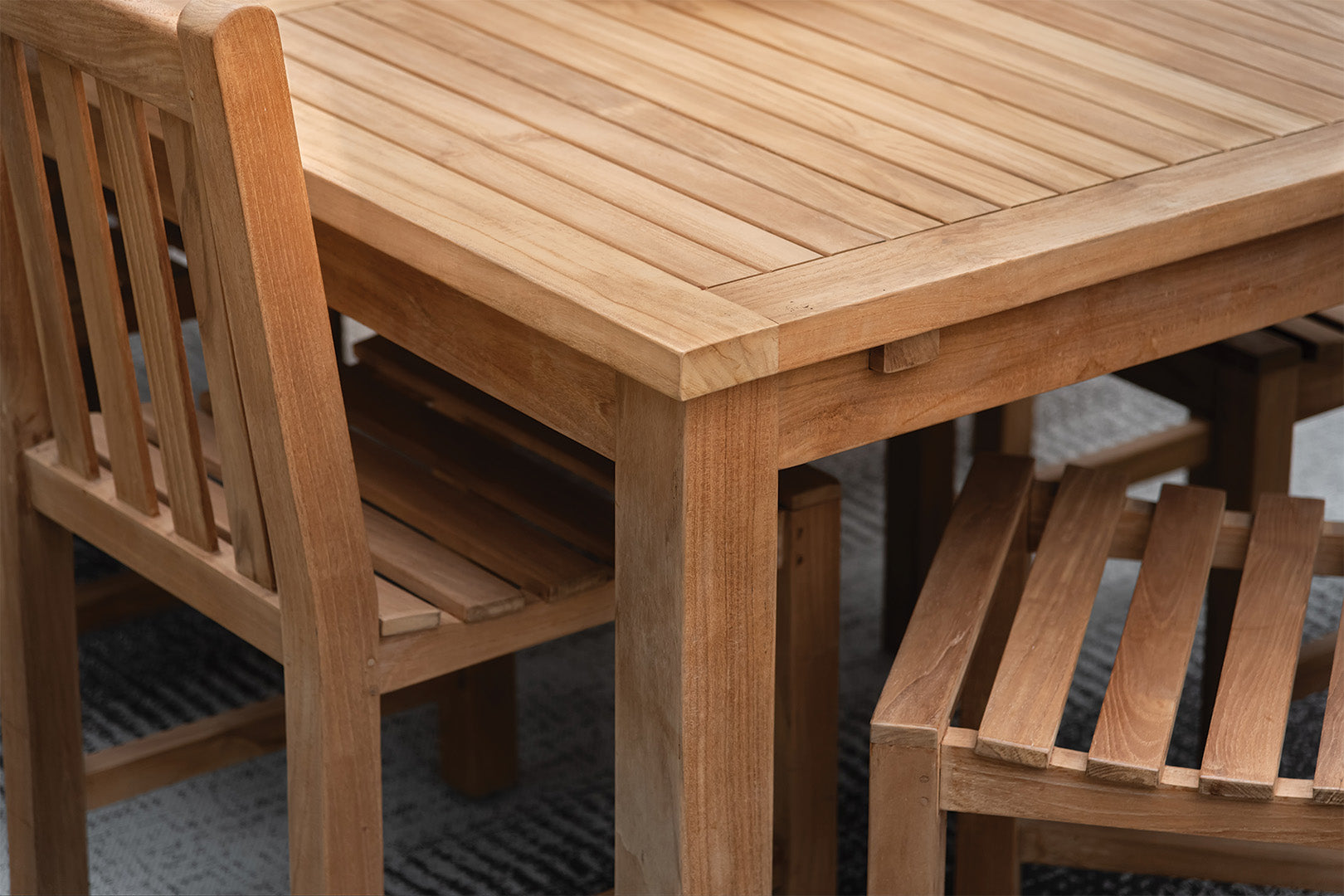
While teak is naturally resistant to water, prolonged exposure to moisture can cause the wood to swell, warp, or crack. It’s essential to dry your teak furniture after it has been exposed to rain or moisture. If the furniture is placed outdoors, consider covering it with a breathable furniture cover when not in use, especially during periods of heavy rain or snow. Additionally, ensure that the furniture is placed in an area that allows for proper airflow to prevent moisture buildup.
3. Use Teak Oil or Sealer (Optional)

For those who want to preserve the golden-brown hue of their teak furniture, applying teak oil or a teak sealer can be a helpful option. Teak oil helps to enhance the natural color and texture of the wood while providing an additional layer of protection against moisture and UV rays.
To apply teak oil, use a clean cloth or brush to gently rub the oil into the wood following the grain. Wipe off any excess oil with a dry cloth, and allow the furniture to sit for several hours before using it again. Keep in mind that teak oil needs to be reapplied periodically, usually every few months, depending on the weather conditions.
If you prefer a more long-lasting solution, a teak sealer can offer more durable protection. A sealer helps to maintain the wood’s natural finish without altering its appearance significantly. Be sure to follow the manufacturer’s instructions when applying any type of oil or sealer to ensure optimal results.
4. Protect from Direct Sunlight

While teak is naturally resistant to UV rays, prolonged exposure to direct sunlight can still cause the wood to fade over time. To preserve the natural finish of your teak furniture, avoid placing it in areas where it will be exposed to intense sunlight for extended periods.
If your teak furniture is placed outdoors, consider moving it to a shaded area or using an umbrella or canopy to protect it from direct sun exposure. This will help to prevent the wood from weathering too quickly and maintain its rich color.
5. Avoid Using Harsh Chemicals
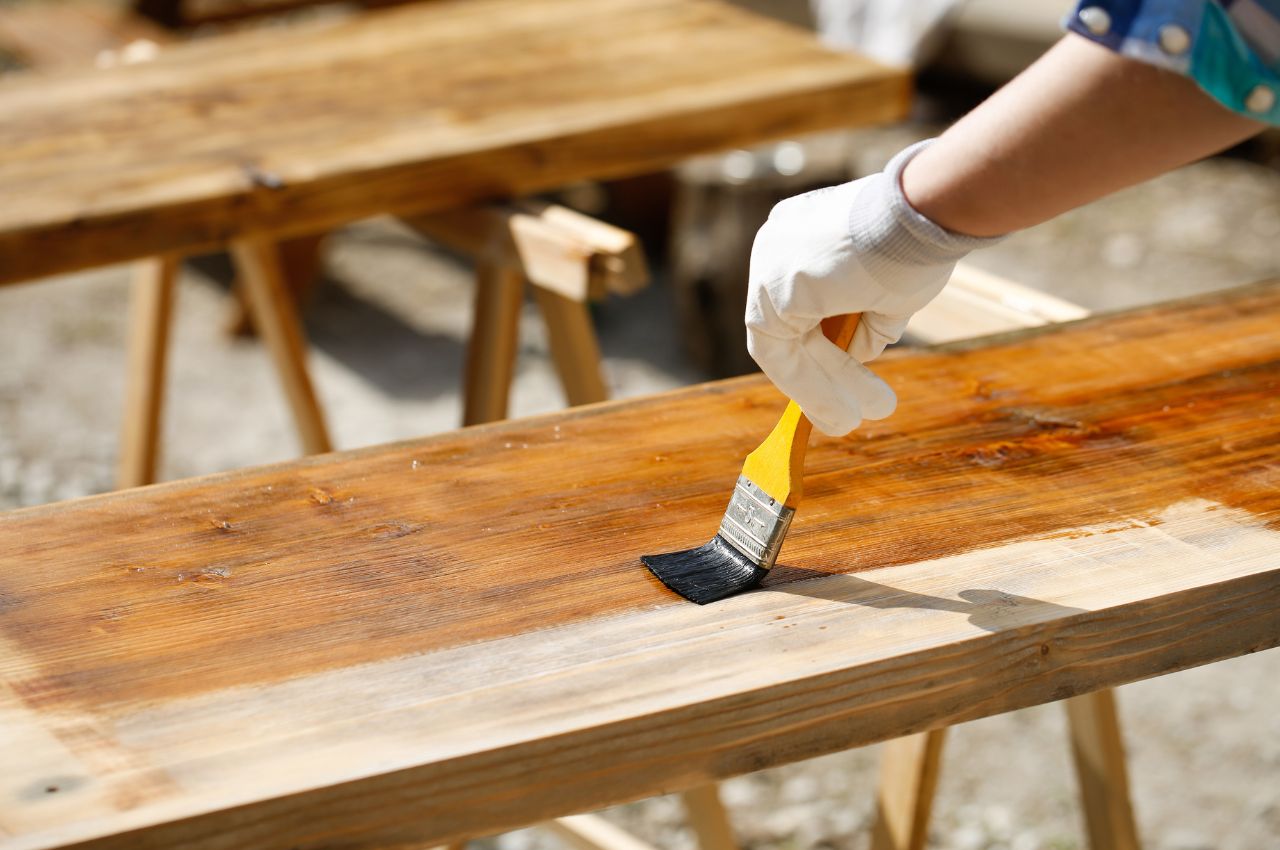
One of the biggest mistakes people make when maintaining teak furniture is using harsh chemicals or cleaners that can damage the wood’s natural finish. Avoid using bleach, ammonia, or strong detergents on your teak furniture, as these can strip the wood of its oils and cause discoloration or damage.
Instead, opt for gentle, wood-specific cleaning products or natural solutions like a mixture of water and vinegar to clean your furniture. These are safe for teak and will not cause harm to its finish.
6. Sanding and Restoring the Surface

If your teak furniture has accumulated stains, scratches, or discoloration over time, you may need to sand the surface to restore its natural finish. Light sanding can help to smooth the surface and remove any surface blemishes. However, it is important to do this carefully to avoid damaging the wood.
To sand your teak furniture, use fine-grit sandpaper (around 220-grit) and gently sand along the wood’s grain. After sanding, wipe the furniture down with a clean cloth to remove any dust. If needed, you can reapply teak oil or sealer to restore the wood’s color and finish.
7. Regular Inspection
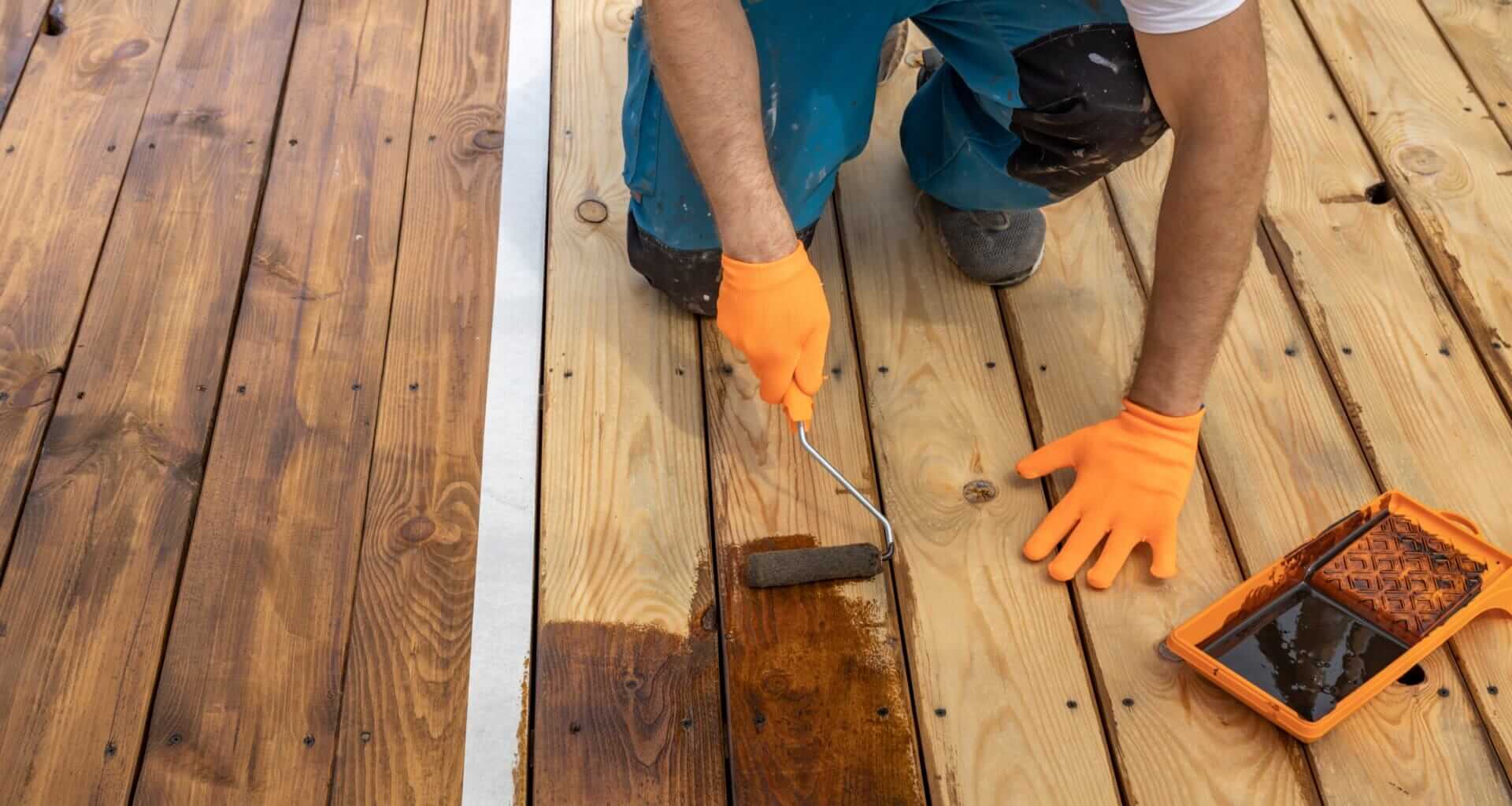
Lastly, it’s essential to regularly inspect your teak furniture for signs of damage or wear. Look for cracks, splits, or areas where the finish may be wearing thin. Early detection of these issues allows you to address them promptly and prevent further damage. Tighten any loose screws or bolts, and replace any damaged parts to ensure the longevity of your furniture.
Conclusion
Maintaining the natural finish of your teak furniture requires consistent care, but the rewards are well worth the effort. By following the best practices outlined above – such as regular cleaning, protecting from moisture and sunlight, and using the appropriate oils or sealers – you can keep your teak furniture looking beautiful and functional for years to come. With proper maintenance, your teak furniture will retain its rich, natural beauty and remain a cherished part of your home.

